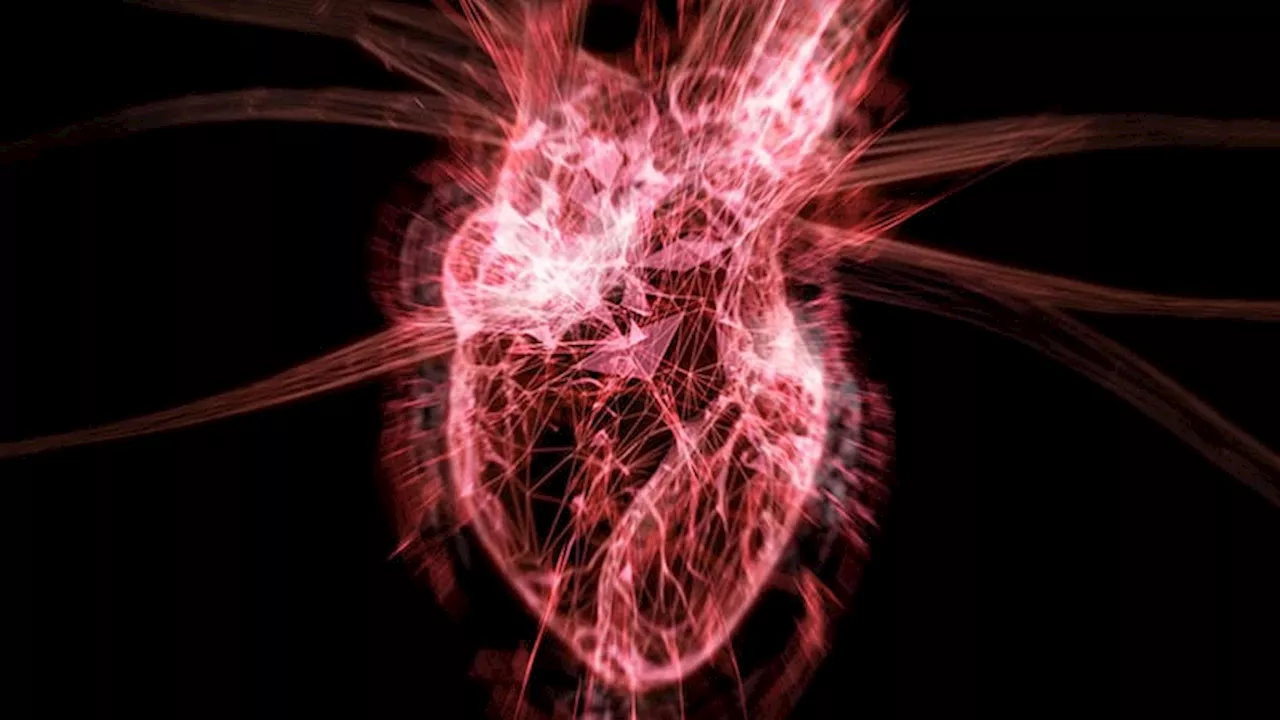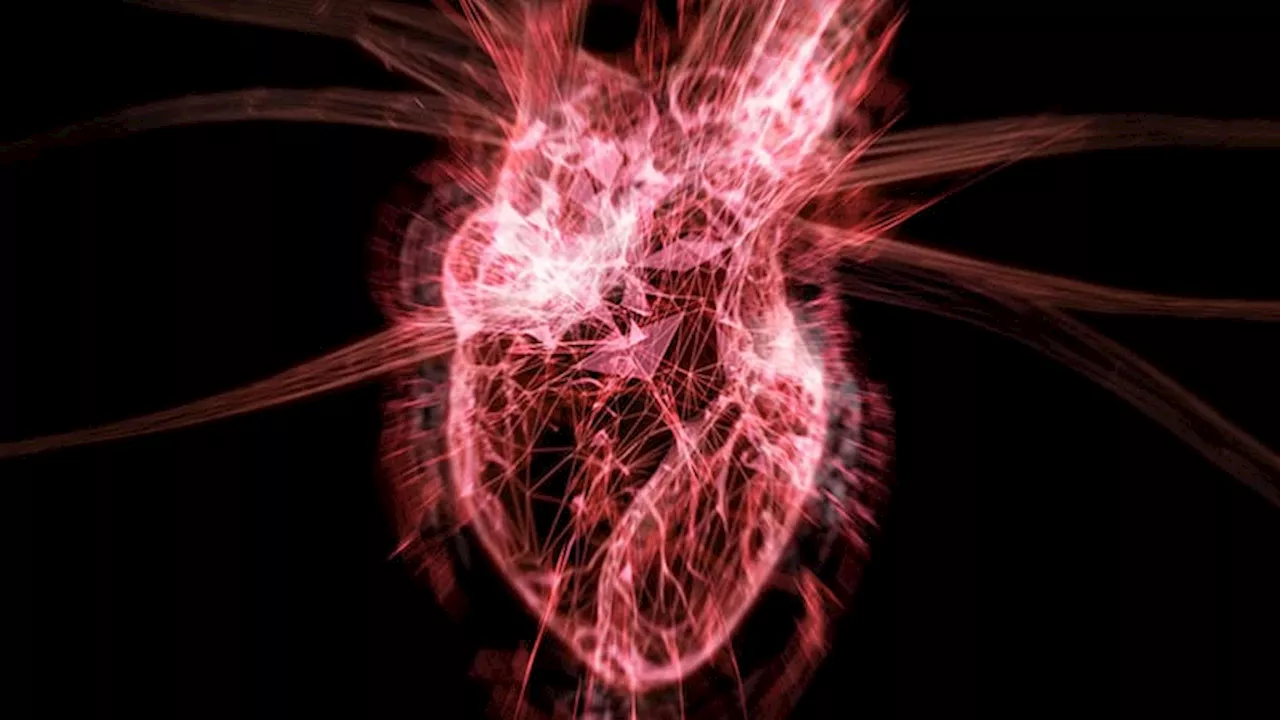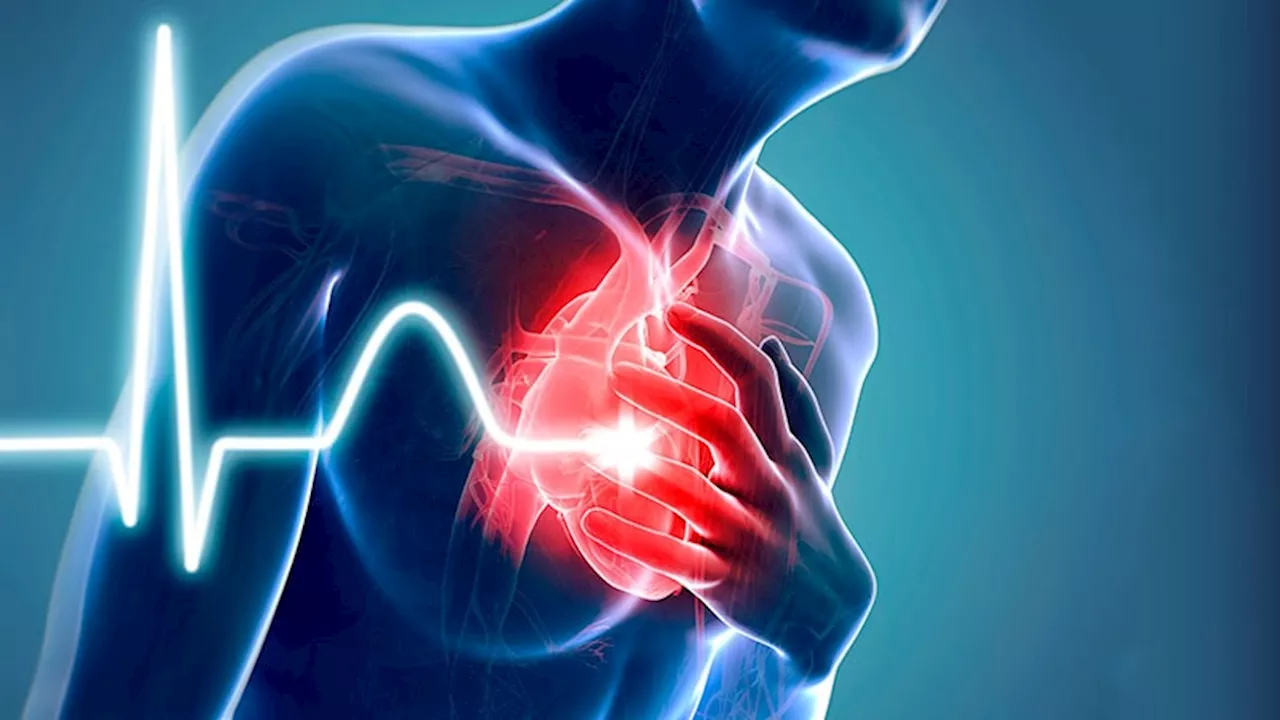Echo findings in heart failure patients with preserved or mildly reduced ejection fraction treated with an atrial shunt shed light on why only certain patients respond to therapy.
Findings from an echocardiographic study of patients with heart failure with preserved or mildly reduced ejection fraction treated with an atrial shunt have shed more light on mechanisms that explain why certain patients appear to respond to the shunt therapy while others do not.In the REDUCE LAP-HF II trial, 626 patients with heart failure with preserved ejection fraction or mildly reduced ejection fraction were randomized to receive an atrial pump or a sham control.
Shunt treatment also increased right ventricular and right atrial volumes but had no effect on right ventricular systolic function, pulmonary artery pressure, or right atrial pressure compared with sham. "In responders to the atrial shunt blood is shunted from the left atrium to the right atrium/ventricle and it is then able to get to the pulmonary vasculature and back to the left side of the heart to be pumped out to the body. This is because the pulmonary vasculature and the right side of the heart are healthy."
"It is very clear that this echocardiographic analysis supports and explains a lot about the phenotypes we have already identified as potential responders and nonresponders to atrial shunt therapy."
Cardiovascular Imaging Cardiac Imaging CV Imaging Interventional Cardiology Devices And/Or Drugs Interventional Cardiology Device Interventional Cardiology Drug Heart Cardiac Rhythm Management CRM Heart Rhythm Management Arrhythmia Atrial Fibrillation AF Afib A-Fib Afib Afib Atrial Fib Atrial Fibrillation (AF) Atrial Fibrillation (A-Fib) AF - Atrial Fibrillation
United States Latest News, United States Headlines
Similar News:You can also read news stories similar to this one that we have collected from other news sources.
 Interarterial Shunt Device Shows Mixed Results in HF StudyIn a pilot study, an interarterial shunt (IAS) device did not meet the primary efficacy endpoint in a pivotal trial, with apparent harm observed in patients with preserved left ventricular ejection fraction (LVEF). However, the device showed potential benefits in patients with reduced LVEF. The findings were presented at the American College of Cardiology (ACC) Scientific Session 2024.
Interarterial Shunt Device Shows Mixed Results in HF StudyIn a pilot study, an interarterial shunt (IAS) device did not meet the primary efficacy endpoint in a pivotal trial, with apparent harm observed in patients with preserved left ventricular ejection fraction (LVEF). However, the device showed potential benefits in patients with reduced LVEF. The findings were presented at the American College of Cardiology (ACC) Scientific Session 2024.
Read more »
 No Net HF Benefit for Interarterial Shunt DeviceFor an all-comer population with any impairment of LV function, an interarterial shunt device missed the primary endpoint in RELIEVE-HF, but benefit was seen with LVEF less than 40%.
No Net HF Benefit for Interarterial Shunt DeviceFor an all-comer population with any impairment of LV function, an interarterial shunt device missed the primary endpoint in RELIEVE-HF, but benefit was seen with LVEF less than 40%.
Read more »
 Treating Gum Disease May Lower Risk of Atrial Fibrillation RecurrenceTreating gum disease after a procedure to correct an irregular and abnormally fast heart rate may lower the risk of the cardiac condition reoccurring. A study conducted at Hiroshima University in Japan suggests that gum disease may be a risk factor for atrial fibrillation.
Treating Gum Disease May Lower Risk of Atrial Fibrillation RecurrenceTreating gum disease after a procedure to correct an irregular and abnormally fast heart rate may lower the risk of the cardiac condition reoccurring. A study conducted at Hiroshima University in Japan suggests that gum disease may be a risk factor for atrial fibrillation.
Read more »
 Genetic Testing of Some Patients With Early-Onset AF AdvisedCertain genetic variants may underlie atrial fibrillation alone, a ventricular cardiomyopathy or channelopathy syndrome, or both.
Genetic Testing of Some Patients With Early-Onset AF AdvisedCertain genetic variants may underlie atrial fibrillation alone, a ventricular cardiomyopathy or channelopathy syndrome, or both.
Read more »
 Alaqua Cox Shares Her Hopes for Echo Season 2Marvel Cinematic Universe star Alaqua Cox discusses her desires for the potential second season of Echo, including exploring Maya's family and facing off against the Green Goblin.
Alaqua Cox Shares Her Hopes for Echo Season 2Marvel Cinematic Universe star Alaqua Cox discusses her desires for the potential second season of Echo, including exploring Maya's family and facing off against the Green Goblin.
Read more »
 Lawmakers echo warning from PA Turnpike Commission about phishing scam targeting E-Z Pass usersOlivia's is ready for spring with a light and healthy fire-grilled Chicken Quinoa Bowl. A Fairy Godmother cocktail to finish off the meal is magic in your mouth.
Lawmakers echo warning from PA Turnpike Commission about phishing scam targeting E-Z Pass usersOlivia's is ready for spring with a light and healthy fire-grilled Chicken Quinoa Bowl. A Fairy Godmother cocktail to finish off the meal is magic in your mouth.
Read more »
